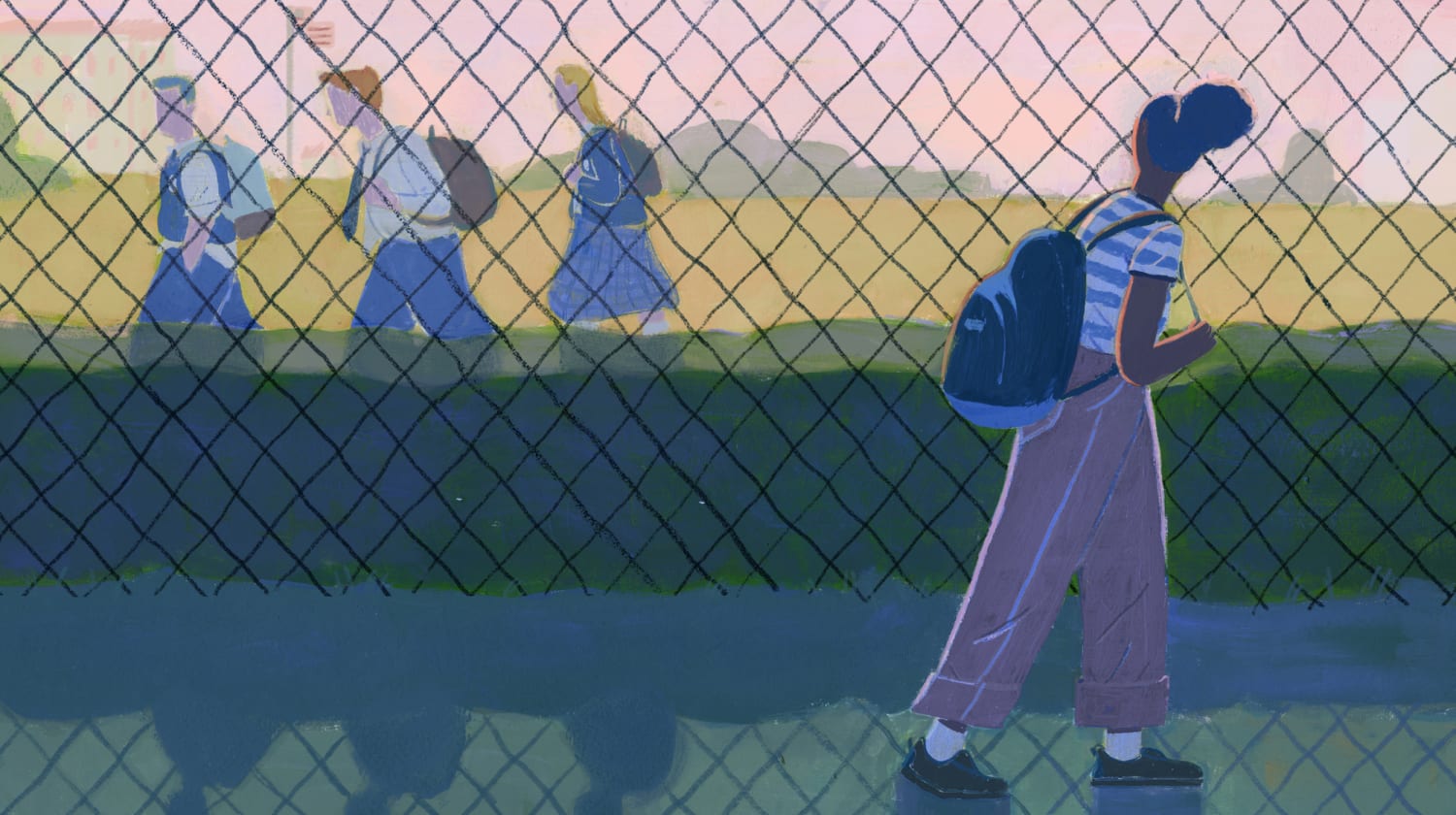It's 2022, why are schools still segregated?

I became more aware of Redlining and how it still affects the segregation of schools today. I had learned a little bit about Redlining in my history classes, but this module was a good reminder of how it affects a lot of aspects of minorities' lives. I knew that Redlining of neighborhoods made it harder for people in the poorer neighborhoods to vote, but I had no idea that the reason they had to stay in those neighborhoods was because they couldn’t get a bank loan. I thought the reason they couldn’t move was due to the fact that African Americans and other minorities were not getting a decent salary and/or working the jobs that most white people wouldn’t want to work. As I was going through the modules and watching the videos, I noticed that the segregation of schools was like a domino affect, because minorities were put in neighborhoods considered bad they couldn’t get home loans, because they couldn’t get home loans they had to stay in the poorer neighborhoods, because schools were in a poor neighborhood the schools didn’t have a decent budget to provide the students with the same supplies a mostly white school would have. The list just goes on and on.
I related to a topic that was mentioned in the Segregated by Design, when it talked about the United States Housing Authority in Austin, TX. The city of Austin forced African American and other minorities to move to East Austin and that is where both of my parents grew up. I also lived there for about 7 years of my life before we moved more North. My parents would always talk about how different East Austin looked compared to the rest of Austin and how simply crossing a railroad track would take you to a completely different and nicer looking neighborhood. I also remember how different my schools were from East to North. It truly baffles me how we are still dealing with problems that were created nearly 100 years ago.

Hi Lili,
ReplyDeleteThank you for bringing up the excellent point that the segregation of schools was like a domino effect. I think that's the perfect analogy for the racial dividing lines in this country. I found myself getting so angry as I went through the module that it wasn't just a matter of lack of income that has caused these inequalities in access to education (among other things) but that it was a systematic attack on minorities that still affects people to this day. We still get fed the American Dream ideal that if you work hard enough, anyone can succeed, but what they don't tell you is that there are certain members of this country (namely Caucasians) that have a leg up over all other minority groups. I was especially shocked to discover that Austin was the first city to institute these redlining zones that created East Austin. The damages caused by this move were immense and what's worse is that they still haven't been solved today. Some people may take the example of East Austin and say that it's better now but what actually happened was the gentrification of the neighborhood which has simply pushed many of the former residents further to the outskirts of the city. I wonder what we can actually do to create equal access to education for everyone, regardless of race, especially in this area.
Hi Katy! I appreciate that you brought up the gentrification of East Austin because yes it's so true! A lot of people like to say that East Austin is better now and no longer "ghetto" but it's just a more modern rich homes owned by rich white families with big fences around their homes next to the older homes owned by minorities.
DeleteHi Lili, thank you for sharing your perspective. I, too, was shocked at how Redlining worked, and it is truly disturbing the level of damage it has done to these families forced to live in less thriving parts of town and without the ability to move up and out of their existing homes (if they even owned their own home). I never fully understood the reasons neighborhoods and schools were still so segregated, until I watched the video “The Disturbing History of the Suburbs”. My Mom was born in the 50’s and lived in East Austin for the first few years of her life before moving more North/ Central. I’ve never asked her about her thoughts on it, but now I am curious to find out if she remembers anything about the move and differences in locations. It also makes me realize that because her family is white, it probably made the move easier/ more possible. Eventually, landing her in a more northern suburb outside of Austin. It makes me sad to know that there are still major, lingering social issues created by such an abominable system, so long ago.
ReplyDeleteHey Christel! I am interested to hear what your mom would have to say about living in East Austin! I also like that you mentioned "The Disturbing History of the Suburbs" because I too really enjoyed that video! The explained the Redlining very well and how it still affects minorities today.
Delete